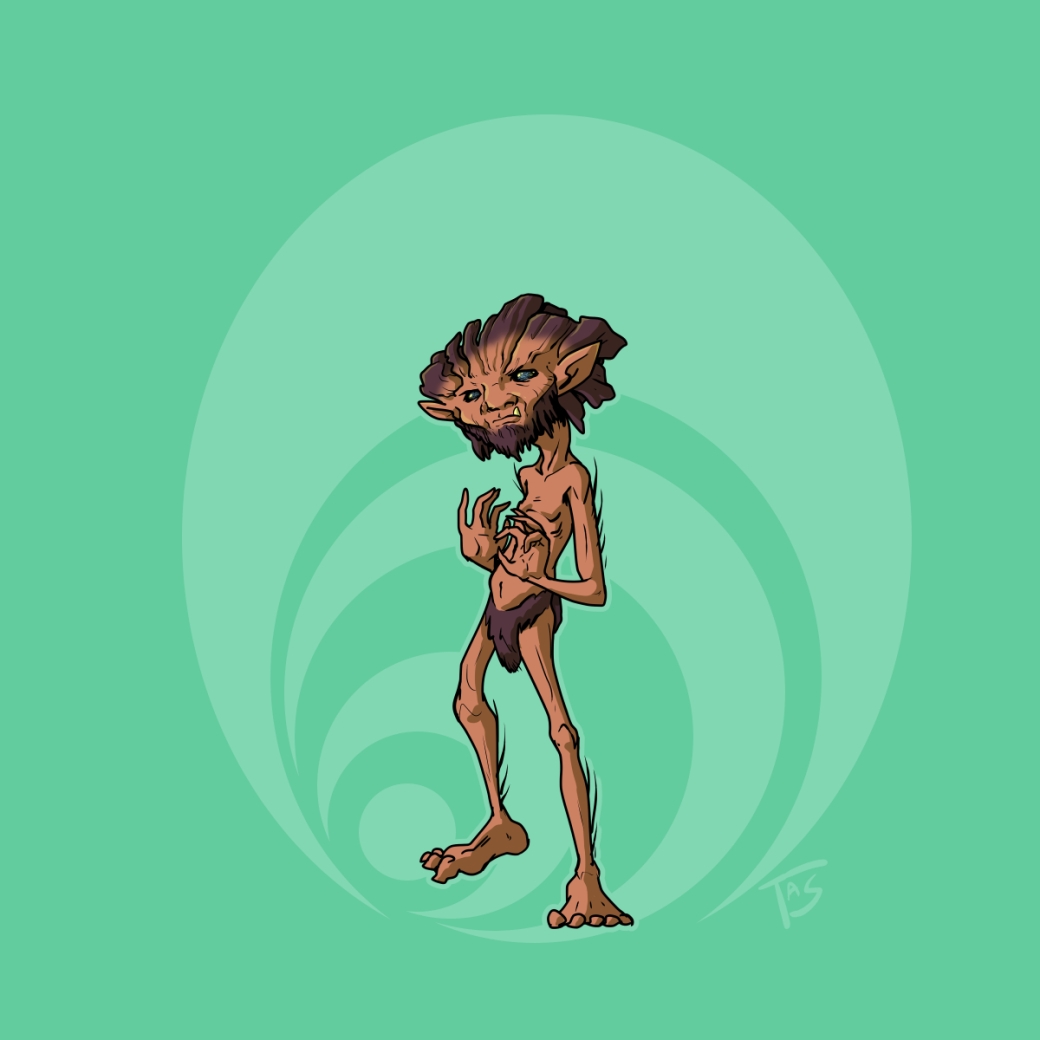
If you’re looking to get a little more monster each week, over on the Patreon I’ve started a CABC spin-off series of sorts: the microscopic yokai of the Harikikigaki. As Japanese travelers to the mainland brought back some of the early understandings of what would become germ theory, the blame of causing diseases shifted from the ministrations of demons and gods to a series of microscopic yokai-like critters that inhabited the body. In 1568, an unnamed Osakan published the Harikikigaki, a guide to acupuncture and natural remedies that also included a catalog of over sixty of the creatures.
Every Tuesday and Thursday for the next few months I’ll be adding a new entry on one of these guys; anyone backing the Patreon at $1 or more can check these out along with all of the other exclusive and early art that’s on there.









